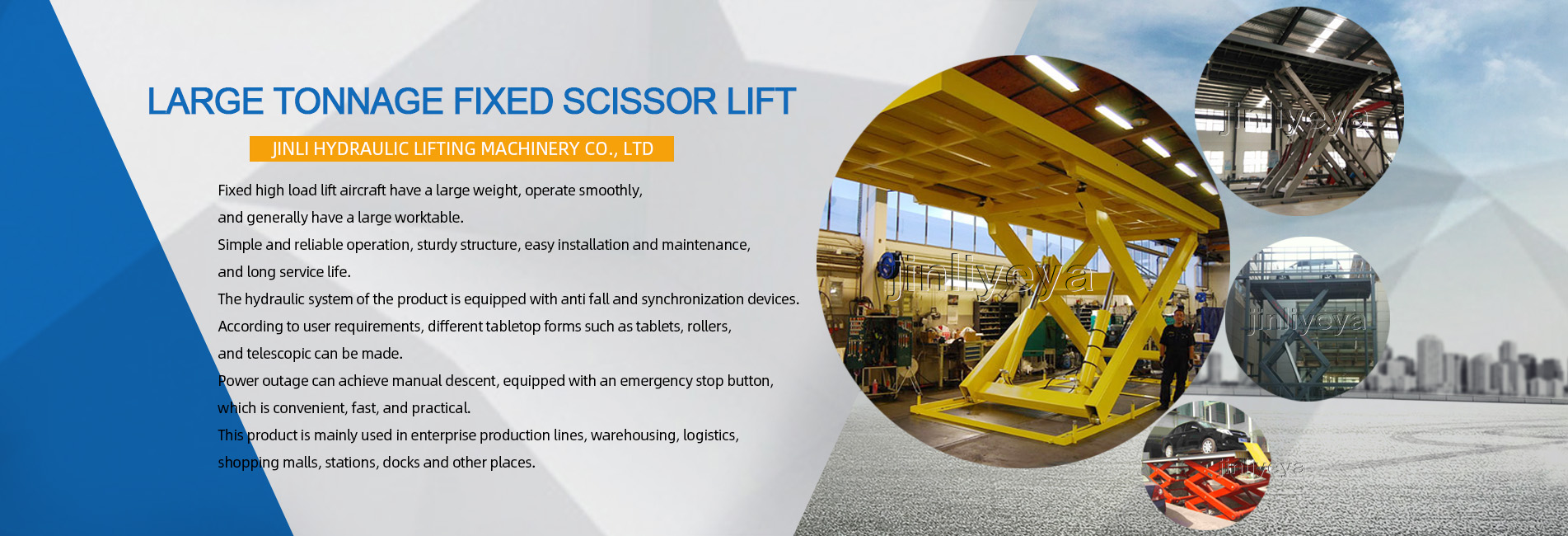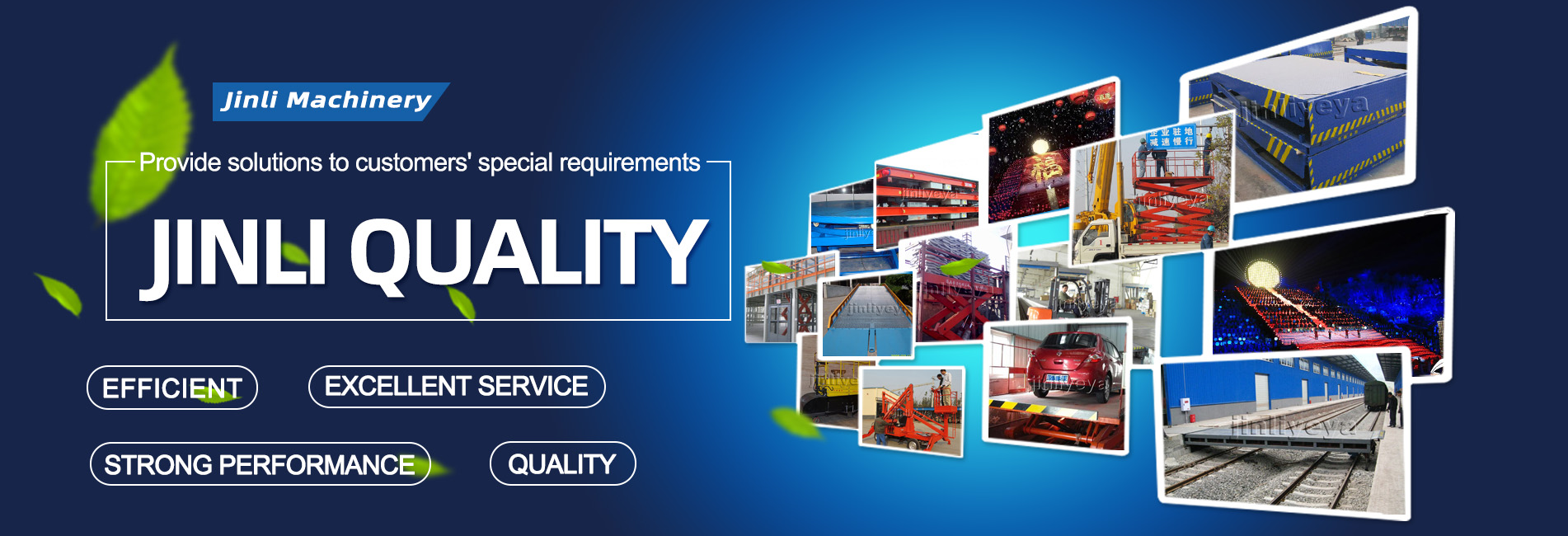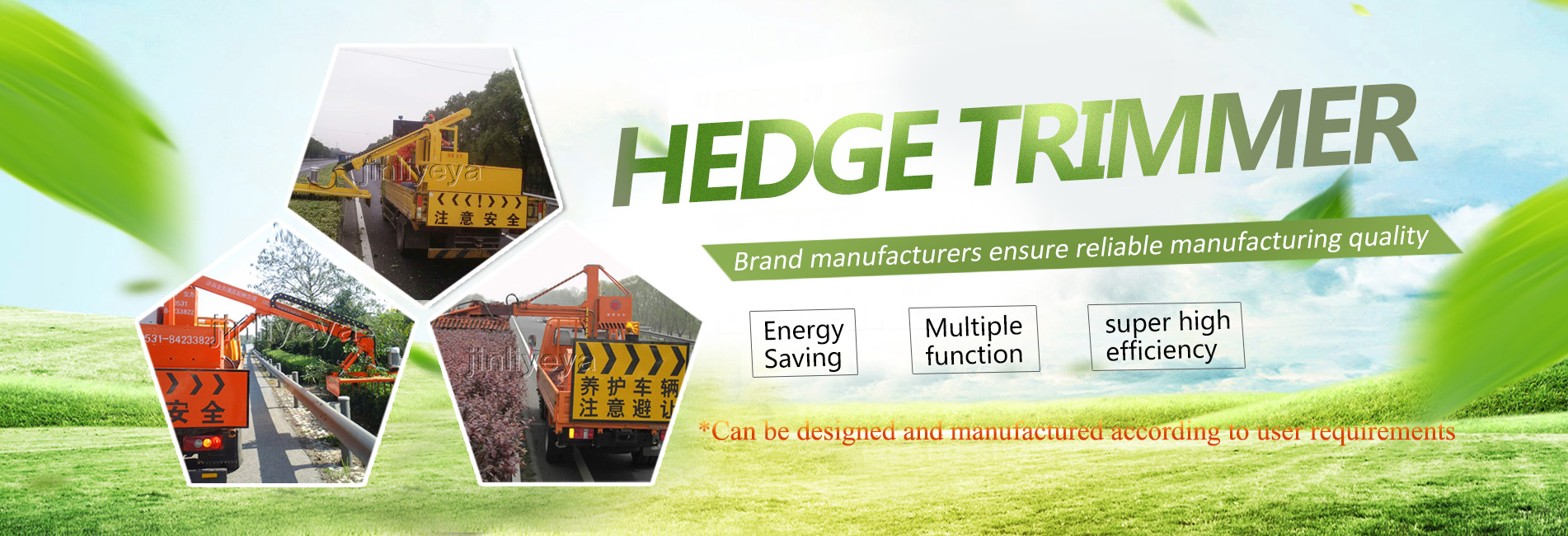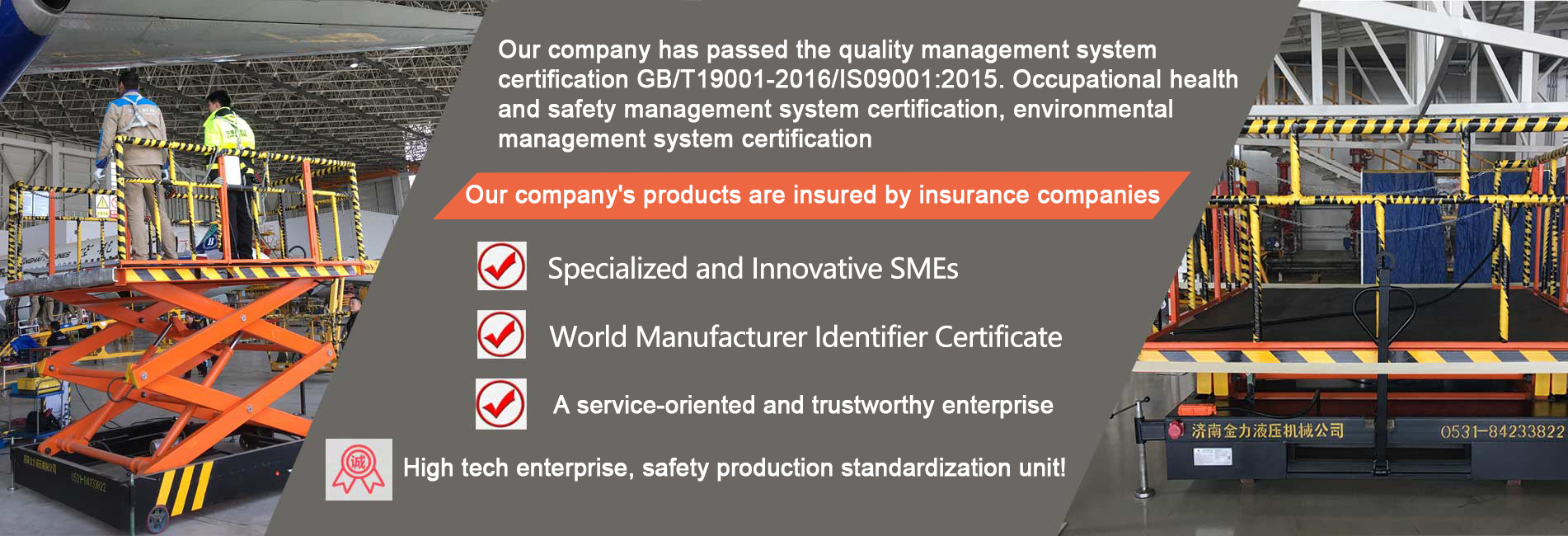Simple building elevators are a type of vertical transportation machinery commonly used in construction enterprises. At present, due to the lack of a unified standard for the design and manufacturing of simple building elevators, there are more self manufactured ones. Although some are produced by designated manufacturers, their safety and reliability are still poor. In addition, due to the fluidity and cross operation of construction, the dismantling, transportation, and installation of elevators can cause human damage and installation that does not meet safety requirements, resulting in the collapse of the frame, the falling of the hanging plate, the scattering of suspended objects, mechanical twisting and rolling, and electric shock accidents. Therefore, strengthening the safety inspection of simple building elevators, timely discovering hidden dangers and rectifying them, is an important measure to prevent injury accidents from occurring.
The safety inspection items and requirements for simple building elevators include the following aspects: 1. Checking the foundation. Check if the foundation has sufficient strength. Is there a safety factor that can withstand twice the weight and load of the elevator. Whether the foundation soil is practical, the concrete should meet the standard, the foundation area should be 500mm larger than the circumference of the frame, and should be 200-300mm higher than the natural ground. Is the base installed with bolts. Have drainage ditches been set up on the basis. 2、 Check the frame. Start checking the frame during installation to ensure there is no detachment or cracking in the welding areas, and to check for any deformation or distortion in the rods. After the elevator is in operation, it should also be inspected. After the installation of the frame is completed, the bolts should be checked for tightness. Use a theodolite to check the verticality of the frame and the levelness of the slide. Is it within the allowable deviation range. Is the verticality of the guide rail and the deviation between the two guide rails less than 10mm. 3、 Check the hanging disc. Check whether the nodes of the components and the laying of the base plate are firm and flat, whether the automatic elevator door sill slides smoothly up and down, whether the rolling of the hanging disc in contact with the track is smooth, and whether the roller and track meet the requirements. 4、 Check the ground anchor. Ground anchors include cable wind rope ground anchors and winch ground anchors. Whether the anchor is buried in a flat and dry place, and whether there are trenches, underground pipelines, and underground cables within 2 meters around it. Whether the anchor material is selected according to regulations and rotten materials are not allowed to be used as anchors. During the load test, check whether the ground anchor has changed. During the operation of the elevator, it is necessary to regularly check whether the ground anchor is loose and whether it is feasible to connect with the cable wind rope. 5、 Check the winch. Whether the winch is installed on a site with a wide field of view and flat ground, and whether the distance between the winch and the frame meets the requirements; Is the winch fixed with ground anchors; Check if the winch is equipped with an operating shed that provides sun protection, rain protection, and prevents falling objects from heights. In addition, it is necessary to inspect the drum, coupling, and brake simultaneously. Is there any damage. 6、 Check electrical equipment. Whether to select electrical switches, wires, thermal components, fuses, etc. according to the capacity of the winch; Is the power box installed in a convenient location for operation, and are there door locks and rain protection facilities. Check the insulation condition of electrical circuits and equipment, whether reliable measures have been taken to connect to neutral and ground, and whether leakage protectors have been installed. Has a lightning protection grounding device been installed. Does the grounding resistance meet the requirements. 7、 Check safety devices and protective equipment. Simple elevator safety devices mainly include three types: suspended basket stopping device, suspended basket rope breaking device, and suspended basket height limit device. The safety protection facilities include the safety door of the loading platform on the suspended platform, the protective fence, the protective flat and vertical nets, and the protective shed. Before using a simple elevator, it is necessary to check whether the safety devices are complete and effective, whether the selection of safety protection facilities is reasonable, and whether the installation meets the requirements of the regulations. 8、 Conduct performance testing and inspection. After the inspection of the above items is completed and the problems found are resolved, a performance test inspection of the elevator should be carried out. The performance test inspection mainly includes three items: no-load test, static load test, and dynamic load test; Empty load test: Start the winch, lift and lower the basket three times each without load, and check whether the transmission parts, electrical equipment, safety devices, etc. are reliable. Static load test: First, conduct a rated load test, and then start with an overload of 5%, increasing by 5% each time until the overload reaches 50%. Lift the heavy object to the ground 100mm, hover for 10 minutes, and then lower the lifting plate. Check that the metal structure of the elevator is not deformed. The weld seam shall not be detached, the working mechanism shall have no abnormal phenomena, the brake shall be reliably braked, the cable wind rope and ground anchor shall not be loose, the elevator base shall not sink, and the verticality of the gantry shall be within the specified standard range. Dynamic storage test: Overloaded by 25%, the basket is lifted continuously, braked 3 times, then lowered continuously, and braked 3 times again, and all working mechanisms are checked. Is the special brake sensitive and reliable.
The safety inspection items and requirements for simple building elevators include the following aspects: 1. Checking the foundation. Check if the foundation has sufficient strength. Is there a safety factor that can withstand twice the weight and load of the elevator. Whether the foundation soil is practical, the concrete should meet the standard, the foundation area should be 500mm larger than the circumference of the frame, and should be 200-300mm higher than the natural ground. Is the base installed with bolts. Have drainage ditches been set up on the basis. 2、 Check the frame. Start checking the frame during installation to ensure there is no detachment or cracking in the welding areas, and to check for any deformation or distortion in the rods. After the elevator is in operation, it should also be inspected. After the installation of the frame is completed, the bolts should be checked for tightness. Use a theodolite to check the verticality of the frame and the levelness of the slide. Is it within the allowable deviation range. Is the verticality of the guide rail and the deviation between the two guide rails less than 10mm. 3、 Check the hanging disc. Check whether the nodes of the components and the laying of the base plate are firm and flat, whether the automatic elevator door sill slides smoothly up and down, whether the rolling of the hanging disc in contact with the track is smooth, and whether the roller and track meet the requirements. 4、 Check the ground anchor. Ground anchors include cable wind rope ground anchors and winch ground anchors. Whether the anchor is buried in a flat and dry place, and whether there are trenches, underground pipelines, and underground cables within 2 meters around it. Whether the anchor material is selected according to regulations and rotten materials are not allowed to be used as anchors. During the load test, check whether the ground anchor has changed. During the operation of the elevator, it is necessary to regularly check whether the ground anchor is loose and whether it is feasible to connect with the cable wind rope. 5、 Check the winch. Whether the winch is installed on a site with a wide field of view and flat ground, and whether the distance between the winch and the frame meets the requirements; Is the winch fixed with ground anchors; Check if the winch is equipped with an operating shed that provides sun protection, rain protection, and prevents falling objects from heights. In addition, it is necessary to inspect the drum, coupling, and brake simultaneously. Is there any damage. 6、 Check electrical equipment. Whether to select electrical switches, wires, thermal components, fuses, etc. according to the capacity of the winch; Is the power box installed in a convenient location for operation, and are there door locks and rain protection facilities. Check the insulation condition of electrical circuits and equipment, whether reliable measures have been taken to connect to neutral and ground, and whether leakage protectors have been installed. Has a lightning protection grounding device been installed. Does the grounding resistance meet the requirements. 7、 Check safety devices and protective equipment. Simple elevator safety devices mainly include three types: suspended basket stopping device, suspended basket rope breaking device, and suspended basket height limit device. The safety protection facilities include the safety door of the loading platform on the suspended platform, the protective fence, the protective flat and vertical nets, and the protective shed. Before using a simple elevator, it is necessary to check whether the safety devices are complete and effective, whether the selection of safety protection facilities is reasonable, and whether the installation meets the requirements of the regulations. 8、 Conduct performance testing and inspection. After the inspection of the above items is completed and the problems found are resolved, a performance test inspection of the elevator should be carried out. The performance test inspection mainly includes three items: no-load test, static load test, and dynamic load test; Empty load test: Start the winch, lift and lower the basket three times each without load, and check whether the transmission parts, electrical equipment, safety devices, etc. are reliable. Static load test: First, conduct a rated load test, and then start with an overload of 5%, increasing by 5% each time until the overload reaches 50%. Lift the heavy object to the ground 100mm, hover for 10 minutes, and then lower the lifting plate. Check that the metal structure of the elevator is not deformed. The weld seam shall not be detached, the working mechanism shall have no abnormal phenomena, the brake shall be reliably braked, the cable wind rope and ground anchor shall not be loose, the elevator base shall not sink, and the verticality of the gantry shall be within the specified standard range. Dynamic storage test: Overloaded by 25%, the basket is lifted continuously, braked 3 times, then lowered continuously, and braked 3 times again, and all working mechanisms are checked. Is the special brake sensitive and reliable.
Previous:Already the first article
Next:Safety operating procedures for electric hydraulic mechanical high-altitude work platforms







